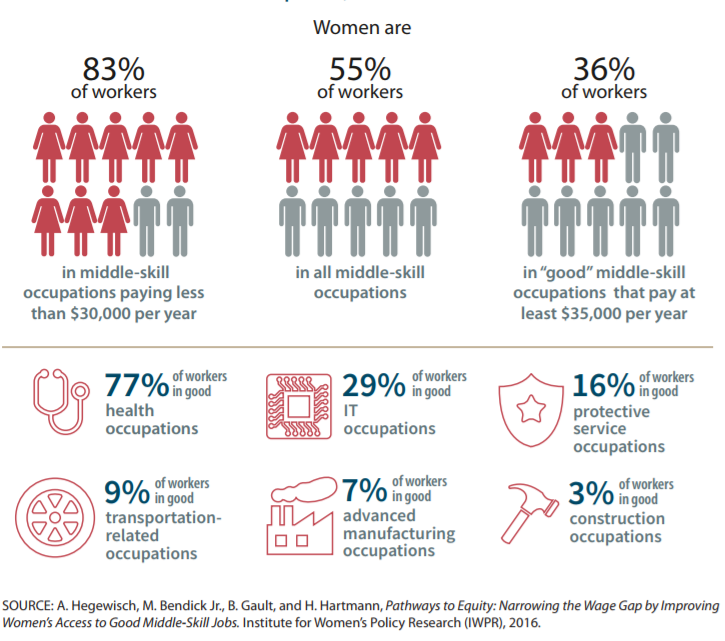![]() Ensuring that young people have access to high-quality Career Technical Education (CTE) programs is vital to preparing them for future employment. Yet, youth and young adults in the justice system historically have been left behind in states’ and localities’ efforts to improve workforce development and employment outcomes. More than 30,000 youth are incarcerated in the United States each year in the juvenile justice system, and more than 325,000 youth are placed on some form of juvenile probation. Increasingly, youth in the juvenile justice system are older and are seeking to enter the workforce and transition to independence.
Ensuring that young people have access to high-quality Career Technical Education (CTE) programs is vital to preparing them for future employment. Yet, youth and young adults in the justice system historically have been left behind in states’ and localities’ efforts to improve workforce development and employment outcomes. More than 30,000 youth are incarcerated in the United States each year in the juvenile justice system, and more than 325,000 youth are placed on some form of juvenile probation. Increasingly, youth in the juvenile justice system are older and are seeking to enter the workforce and transition to independence.
In an economy that is now being reshaped by COVID-19 (Coronavirus), it is more critical than ever that young people in the justice system are fully equipped to succeed in the rapidly changing labor market and meet workforce needs. Advance CTE’s latest resource, developed in collaboration with the Council of State Governments (CSG) Justice Center, outlines five key actions that state CTE leaders can take in partnership with juvenile and adult criminal justice agencies and other entities to ensure that youth and young adults in these systems have access to high-quality CTE programs and the opportunity to secure and maintain viable employment. Specifically, Making Good on the Promise: Improving Equity and Access to High-Quality Career Technical Education for Youth and Young Adults in the Justice System examines how state CTE leaders can:
- Ensure that CTE programs for youth and young adults in the justice system are held to the same rigorous standards as other CTE programs in the state;
- Help justice and education agencies and program providers adopt and implement promising practices;
- Leverage federal funding to support CTE programs in correctional facilities;
- Appoint a state-level designee to oversee the development and delivery of CTE programming for youths and young adults in the justice system; and
- Collaborate with justice agencies to collect and share student-level data and program outcome data to enhance accountability of CTE programs for youths and young adults in the justice system.
This resource is part of the Making Good on the Promise series, which confronts the negative aspects of CTE’s legacy and defines the key challenges learners face today. The series provides promising solutions to help state leaders close equity gaps in CTE to ensure that each learner is able to attain the promise of CTE — a high-skill, high-wage, in-demand career.
Brianna McCain, Policy Associate


 The report found that most incarcerated youth are not provided the workforce development services necessary to obtain viable employment in the community after release. Notably, only 26 states provide on-site or online CTE programs to incarcerated youth. This access challenge is compounded by the quality of these programs. High-quality CTE programs align with high-skill, high-wage and in-demand occupations. However, the CSG’s report found that few states offer CTE courses to all youth in key areas of labor market growth.
The report found that most incarcerated youth are not provided the workforce development services necessary to obtain viable employment in the community after release. Notably, only 26 states provide on-site or online CTE programs to incarcerated youth. This access challenge is compounded by the quality of these programs. High-quality CTE programs align with high-skill, high-wage and in-demand occupations. However, the CSG’s report found that few states offer CTE courses to all youth in key areas of labor market growth.  On Wednesday, November 20, the Congressional Career and Technical Education (CTE) Caucus held a briefing on
On Wednesday, November 20, the Congressional Career and Technical Education (CTE) Caucus held a briefing on 